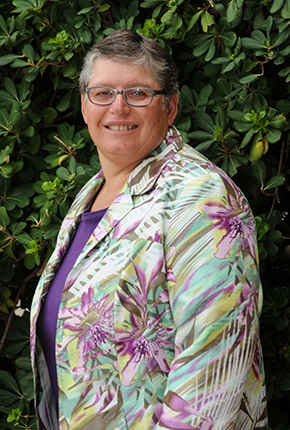Earlier this year, a 10-member research team spent four months analyzing heaps of data from the first Access and Engagement study. With responses from 1,432 individuals in the U.S. and Canada who represented the voices of 455 children, 710 teachers of students with visual impairments (TVIs), 138 O&M specialists, and 180 dually certified professionals, this study is the largest we know of relating to the education of students with visual impairments.
For all children, families, and educators, the quick shift to remote education in spring 2020 presented significant challenges. For students with visual impairments, the shift has widened the gap in educational equality. As one TVI explained, “Many problems are simply exacerbated by distance learning. Those with visual impairments need in-person and often hands-on instruction. It takes a village, and many students don’t have a village to support them.”
Now more than ever, it is imperative that families, educators, administrators, and policymakers come together to ensure students with visual impairments, including those with additional disabilities and deafblindness, are able to access and engage in education.
Organizations such as ours, the American Foundation for the Blind (AFB), will be hard at work using the results of the Access and Engagement study in our advocacy work. But the work cannot be done by organizations and companies alone. If you’re reading this, you are also part of the village and can join in the work. Below are suggestions on concrete steps you can take, whether you’re a student who is visually impaired, a family member or guardian, a TVI, an O&M specialist, an administrator, or someone in another role who is invested in the education of children with visual impairments.
- Take part in Access and Engagement 2 and recruit others to participate. The challenges identified in spring 2020 are with us in the 2020-2021 school year. Organizations and companies recognize this and have launched the Access and Engagement 2 survey. We must all work together to spread the word and support family members/guardians who may not get an email, tweet, or read a blog post inviting them to participate in the study. Share information about the study with those who might not know about it. If they aren’t comfortable with technology or don’t have a device to use to complete the survey, help by loaning them a device, reading the survey to them and entering their responses, babysitting for 45 minutes so they can take the survey, etc.
Share the report with administrators and legislators. The Access and Engagement Report and Executive Summary are both available as accessible PDFs and, on afb.org/accessengagement, divided up by report sections. Each section contains concrete recommendations. Depending on who you want to share information with – your local school board members, a building principal, the procurement officer for the district – you have the flexibility to decide how to share the report and which sections to focus on. Highlighting what’s important to you and why, in conjunction with the report data, strengthens your voice.
Write a letter to the editor of your local paper. Letters to the editor are a valuable tool to use when raising your community’s awareness of an issue. Especially if you can highlight the needs of a specific individual or group of individuals who are part of the community, the letter to the editor can have a far-reaching impact. The Access and Engagement Report website allows you to help readers understand the challenges you identify and to understand that they are not unique to just your community.
Tell your story to your local school board. Most school boards have a time set aside for community comment. Use this opportunity to let school board members know what is and is not working for students with visual impairments on a local level. It’s best when a student and/or family member/guardian shares their experiences coupled with one or more educators. Sharing the Access and Engagement Report ahead of time with the school board members and in a follow-up note of thanks will help point them in the direction of the data to support what was shared during the meeting.
Contact manufacturers of educational tools that are not accessible. One finding that stood out for the research team of the Access and Engagement Report was that many students couldn’t access class content because apps, websites, programs, and/or teacher recorded videos were not accessible. Companies need to hear from their users with specific information about features of their products that are not accessible. Take the time to contact each company and give them specifics on the device being used, the screen reader or screen magnification software being used if applicable, the challenges for those with low vision, etc. How can a company improve their product if they don’t know the challenges users are experiencing?
The suggestions shared here are just the tip of the iceberg. We want to hear from you. Use the hashtag #AccessEngagement in your social networking to share or email us at access_report@afb.org.
